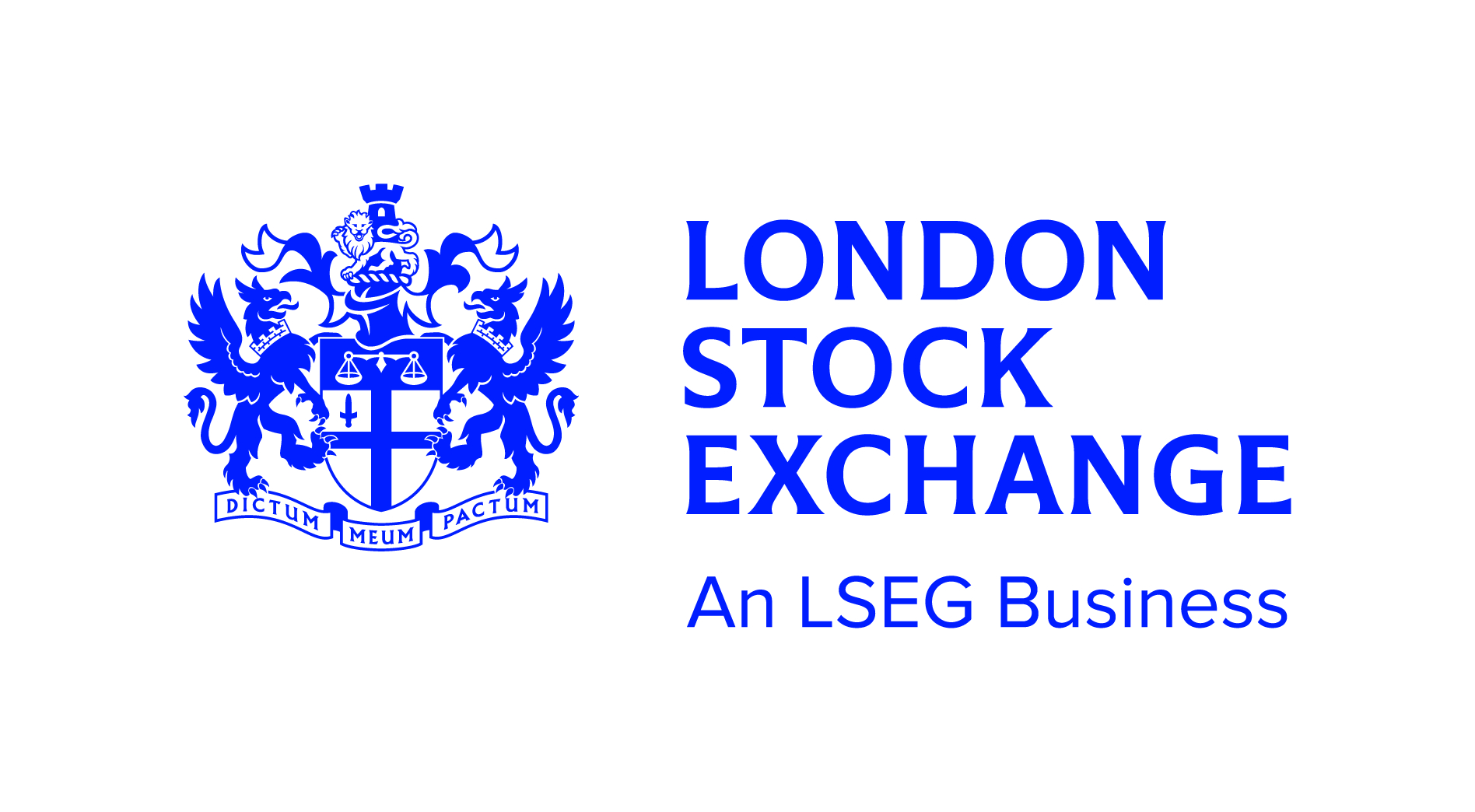Exchanges across Europe have widened the maximum spread requirements for Russian ETFs after bid-offer spreads jumped in response to the largest conflict on the continent since the Second World War.
The London Stock Exchange issued a rare market notice on Thursday 24 February, announcing it would be widening the maximum spread market makers could offer on Russian ETFs to 10%, twice as much as it allowed for ETFs during the COVID-19 driven market panic in March 2020.
In a similar announcement, Euronext’s Borsa Italiana also said it would be granting market makers spread exemptions due to the heightened volatility.
The widening of the maximum spread limit is intended to encourage market makers – which may be unwilling to take on more risk in times of volatility – to continue to trade Russia-focused ETFs.
The ETFs affected by LSE’s announcement includes the Xtrackers MSCI Russia Capped Swap 1C UCITS ETF (XMRC), the Invesco RDX UCITS ETF (RDXS), the iShares MSCI Russia ADR/GDR UCITS ETF (CRU1), the HSBC MSCI Russia Capped UCITS ETF (HRUB), the Lyxor MSCI Russia UCITS ETF (RUSL) and the ITI Funds RTS Equity UCITS ETF SICAV (RUSE).
The prospect of sanctions from Western countries led to a steep drop in Russian stocks on Thursday and played out in many of the European ETFs above.
Lyxor’s RUSL and DWS’s XMRC experienced the largest losses, returning -35.3% and -32.9% receptively. HRUB also fell sharply, losing 28.7% in a single day, meaning the ETF is now down 49.5% year to date.
It comes as Russia’s flagship Moex index fell 45.2% at its lowest point on Thursday.
However, European markets rebounded on Friday as markets assessed the impact of the West’s sanctions in response to the conflict.
The FTSE 100 erased the previous day’s losses closing Friday 3.9% up while France’s CAC 40 and Germany’s DAX both rose 3.6%, respectively.
Oil prices also took somewhat of a breather, with Brent Crude oil falling back below $100 a barrel after peaking at $105 on Thursday.
Related articles









